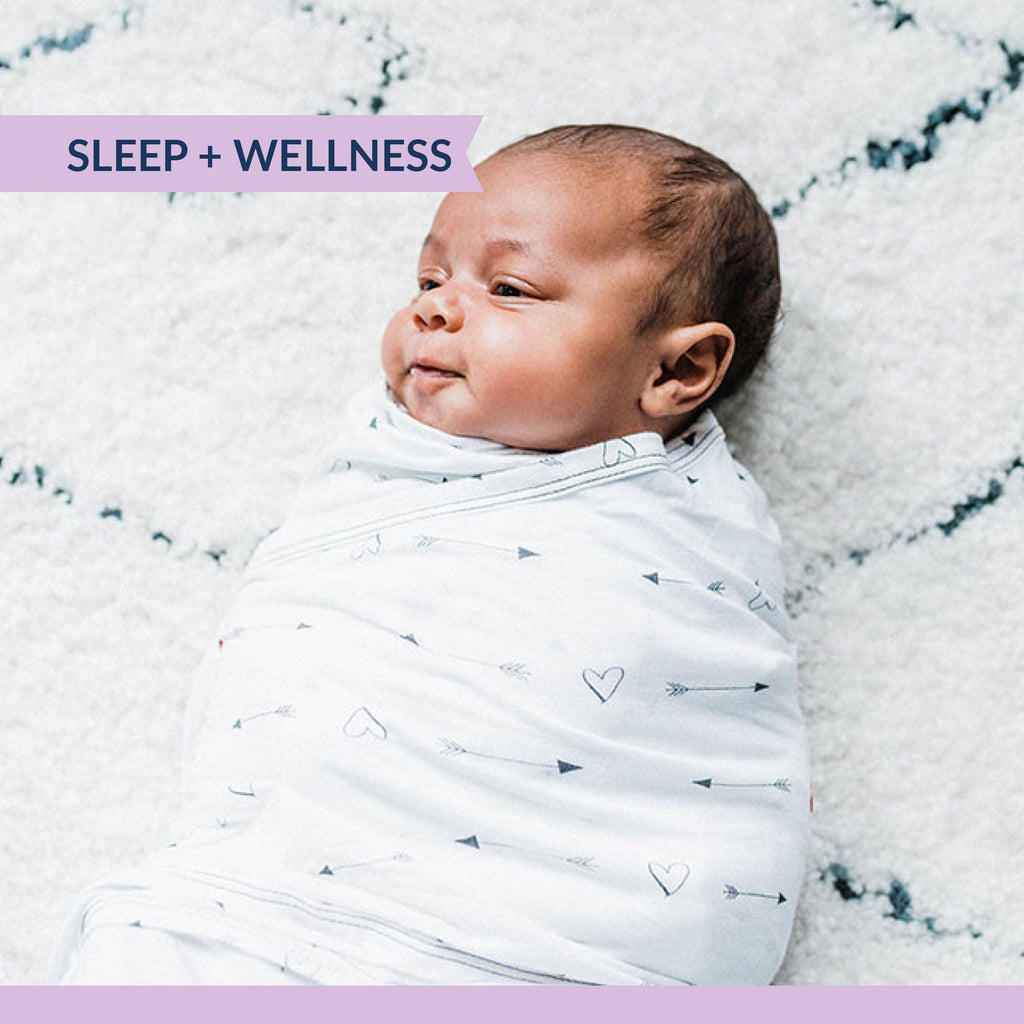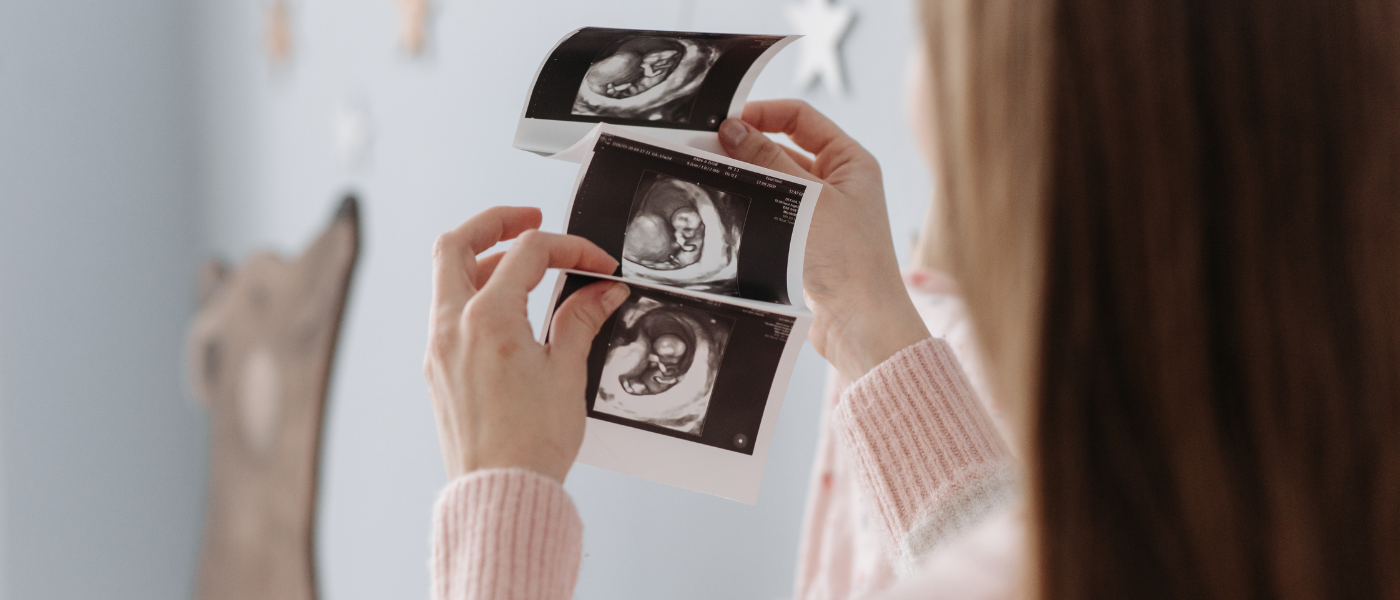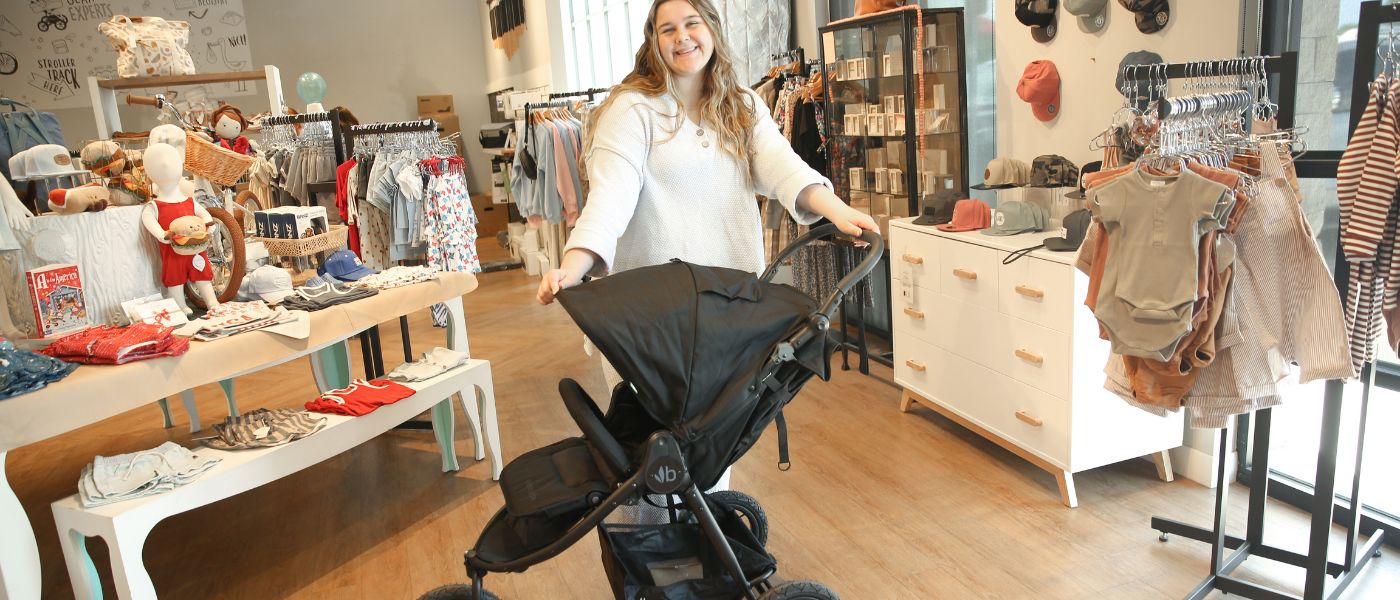If you want to start your new life with your newborn baby on a peaceful, well-rested note, swaddling is a great choice! Why swaddle baby, you ask?
For hundreds, if not thousands of years, swaddling has been an effective way of helping you and your little one get the sleep you both deserve and need, from providing a sense of security to reducing the impact of the startle reflex through the night.
However, you only reap the benefits of swaddling if you do it correctly! Don’t worry – getting your little one swaddled just right is quick and easy, especially with modern products like our new weighted baby swaddles.
Here, we’ll go over the different types of swaddles you can expect to come across, the best swaddle technique for newborn babies, and where to find extra help if you need it.
The Importance of Using the Proper Newborn Swaddle Technique
Just as what you dress baby in for sleep matters, the specific swaddling technique you apply is paramount to your child’s safety and comfort. Here’s why:
- Ensuring Safety: The foremost reason for using the proper swaddle technique is to ensure your newborn’s safety. An incorrect swaddling method can lead to risks like overheating, restricted breathing, or hip dysplasia. The proper technique involves a snug but not too tight wrap, allowing for comfortable breathing and natural hip movement.
- Promoting Restful Sleep: Proper swaddling can significantly enhance a newborn’s sleep quality. It reduces the startle reflex, a common cause of sudden wake-ups, thereby helping your baby sleep more soundly and for longer periods. This not only benefits the baby’s rest and growth but also allows for better rest for the parents.
- Providing Comfort and Security: A correctly swaddled newborn will often feel more secure and comfortable, as the snug wrap simulates the cozy environment of the womb. This comforting sensation can help reduce fussiness and crying, making for a more contented baby.
- Facilitating Easier Caregiving: When a baby is swaddled correctly, it can make handling easier for parents, especially during feeding or when putting the baby to sleep. A proper swaddle keeps the baby’s limbs contained and can prevent the flailing of arms and legs that might complicate these processes.
- Foundation for Healthy Sleep Habits: Establishing good sleep practices from the start is crucial, and proper swaddling plays a significant role in this. It sets the stage for developing healthy sleep patterns as the baby grows, which is fundamental for their overall health and development. Learn more about your newborn’s sleep schedule in our blog.
That being said, you can enjoy peace of mind knowing you’re using the proper swaddle technique when you follow the tips below. Let’s get into the different swaddle styles.
Types of swaddles
The specific newborn swaddle technique you decide to implement will be based on the specific type of swaddle you’re using. We’ll cover the different styles below before unpacking the swaddling technique do’s and don’ts.
Swaddle blankets
If you’re wanting to go the traditional route, swaddle blankets have been around for centuries, and can be used to bundle up your baby through various wrapping techniques.
Usually taking the form of soft fabric squares, here’s slightly more of a learning curve with these than newer style products, but many swear by them, and they remain popular to this day for a reason!
If you’re looking for a modern twist on a classic product, why not try our own Zen Swaddle™? Gently weighted to give your baby extra comfort, this swaddle blanket is easy to use and comes in lots of adorable designs!
Sleep sacks
What is a sleep sack for babies? These are designed specifically for swaddling are a little easier than a swaddling blanket to master – usually, you just zip your baby in and you’re ready to go!
This can be great for parents who are worried about getting their blanket techniques right, or parents with accessibility issues who want something simple and straightforward to bundle up their baby in.
If you’re looking for an easy-to-use swaddle then you can’t go wrong with our Zen One™ weighted sleep sack – gently weighted like our Zen Swaddle, this swaddle sack also has detachable arm sections, meaning you can continue to use it even after your baby has grown out of the swaddling stage!
Learn more about the benefits of a sleep sack in our blog. We have resources on the difference between a sleep sack vs swaddle, what to wear under sleep sack, how to transition from sleep sack to blanket, and more.
Swaddle pods
The next evolution in swaddling is here – the snug, stretchy, secure swaddle pod! Made from fabric designed to give your baby the perfect cozy swaddling fit, our Zen Neo is also gently weighted like all of our Zen Sleepwear™ to mimic your touch, so you can keep your baby calm and relax yourself knowing that they have the best swaddle yet!
Swaddling: mom hack!
‘Best thing ever invented. This is the second one we’ve purchased because he out grew the first. We use it for naps and it is an essential part of our bedtime routine. My little guy went from waking every two hours to nurse to sleeping 4-5 hour stretches at night at only 2 months old since wearing the Zen One’
– Amanda I. on the Zen One
The Best Swaddle Technique For Newborn Babies
Before you start swaddling your newborn, there are a few tips you should keep in mind for your baby’s safety and comfort – here are the most important:
Make sure you use a proper swaddle technique
Instead of picking up a new swaddle wrap and just winging it, you should make sure you’re following a swaddling technique from a reputable source.
We have a complete guide on how to swaddle a baby, but here’s a quick overview of the proper swaddle technique for parents who choose to use our Zen Swaddle blanket:
- Position the swaddle on the baby’s body
- Wrap the right swaddle wing over your baby’s right shoulder, bringing it around to their left arm and wrapping under their back to their right arm
- Wrap the left swaddle wing over your baby’s left shoulder, bringing it around to their right arm and wrapping it under their back to their left arm
- Secure with the velcro
- Check to ensure there are only two fingers of slack at the shoulders and no fabric covering baby’s face
Follow AAP Safe Sleep Guidelines
The American Academy of Pediatrics is a fantastic source for reliable information on baby health. It’s a great idea to look over their safe sleep guidelines before your baby comes, especially their swaddling-specific information.
Babies should be on backs
Whether or not you’re swaddling your baby, you should always make sure that you’re putting your baby to sleep on their back.
This is to reduce the increased rate of SIDS (Sudden Infant Death Syndrome) associated with placing babies on their front, which is particularly important when it comes to swaddling – if baby is on their front with their arms in the swaddle, they might struggle to move themselves if in a dangerous position.
Keep legs loose
While you definitely want baby’s arms to be wrapped up tightly in the baby burrito, the same can’t be said for your baby’s legs – instead, you want them to be able to wiggle around freely in the swaddle! This is because wrapping up your baby’s legs tightly can lead to problems like hip dysplasia – you can check out the International Hip Dysplasia Institute for more information.
Keep baby cool
You can imagine that when baby’s wrapped up tight, you run the risk of them getting too warm. Make sure to check for signs of overheating – flushed cheeks, damp hair, and being hot to the touch are all common symptoms – and keep baby in just a diaper under the swaddle if you need to.
Use a light sheet
If you live in a hotter climate or just want a lighter swaddle for the summer months, you can use a breathable swaddle during these periods like our Zen Swaddle Premier, which is made from breathable bamboo rayon fabric and cotton.
Consider a pod shape for easy changes, uninterrupted sleep
Our new Zen Neo swaddle pod makes it easy even for swaddling beginners to get a perfect fit for their baby, and the gently weighted pad mimics your touch to help baby self soothe for a better night’s sleep!
From the experts
‘Swaddling can lead to longer, sounder sleep. While a newborn sleeps about 16 hours a day, it’s usually in 3- to 4-hour intervals. However, swaddling increases your baby’s REM (rapid eye movement), which means he/she is less likely to wake up once they fall asleep.’
– Lauren Adler, M.D., Westchester Health Blog
What Not to Do in Your Swaddling Technique
We want to take a moment to discuss what not to do in your newborn swaddle technique, as this is perhaps more important to prioritizing safety and comfort.
Never place a baby on their stomach
The American Academy of Pediatrics states that you should never place a baby on their stomach for the first year of their life, and should instead place your baby face up.
This is because it can significantly increase the risk of SIDS (Sudden Infant Death Syndrome), as babies are unable to get themselves out of a suffocating position.
Don’t swaddle too loosely
Swaddling too loosely can lead to your little one breaking out of the swaddle blanket – not only does this undo the benefits that the swaddle provides for helping your baby sleep, but it also poses a SIDS risk as it can cover your baby’s face.
Don’t swaddle too tight
On the other end of the spectrum, swaddling your baby too tightly can become dangerous, as it can restrict their breathing and lead to problems like hip dysplasia. When swaddling your baby in a traditional style blanket, ensure that you can fit two fingers under the fabric on your baby’s chest, and that their legs are free to move around inside the swaddle.
Alternatively, you can try our Zen Neo swaddle pod and get a perfect fit with ease!
Don’t leave loose blankets or pillows on your baby’s bed
You should never let pillows, loose blankets, stuffed animals, or anything else lie in your baby’s bed when they’re asleep, particularly if they have been swaddled. This is because these objects can potentially cover your baby’s face, increasing the chance of SIDS (Sudden Infant Death Syndrome).
From the experts: when to stop swaddling
‘You may swaddle your newborn to sleep until they can roll over on their own, which usually begins around four to six months.
It’s very important that you stop swaddling them after they start to roll over on their own because swaddled babies who roll from their back onto their belly could have trouble lifting themselves up and they could asphyxiate.’
– Lukas Southard, medically reviewed by Sara Siddiqui M.D. for Insider
When to seek extra help perfecting your newborn swaddle technique
You should never feel ashamed if you need a little extra help with anything baby-related, especially swaddling techniques – newborn babies are complicated, and you can’t expect yourself to know absolutely everything!
Don’t be afraid to ask your parents or friends with kids for help, and if you don’t have anyone close to talk to, you should contact your pediatrician for expert advice on how to swaddle a baby properly.
When done right, swaddling is a fantastic tool for new parents that can help calm your baby through the night, and help you get some much-needed sleep back – you’ve got this!
Bringing Our Baby Swaddle Technique Guide to a Close
We hope this guide to the best swaddling techniques for babies helps you feel comfortable with your ability to swaddle your own child. Products like our bamboo rayon fabric swaddle, zipper swaddle, or arms up swaddle make it a whole lot easier.
You can learn more about swaddling and baby sleep in general in our blog. We have similar resources on making the swaddle transition, when to start sleep training, signs of sleep regression, when should baby sleep in own room, best transitional swaddle, teething and sleep, wake windows by age, why your newborn cries when put down, and more.
As we draw this guide to a close, remember that there is nothing wrong with reaching out for assistance if you need it. Whether you get in touch with our experts here at Nested Bean for guidance using your Zen Swaddle or you consult a pediatrician, help is well within reach!








